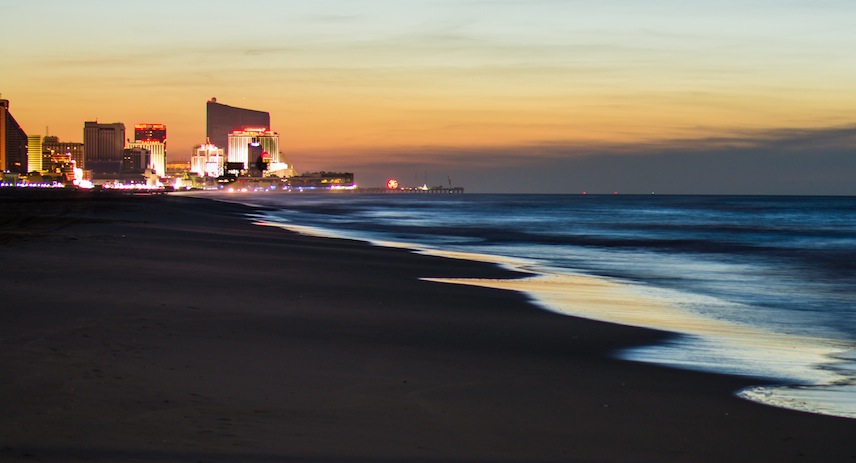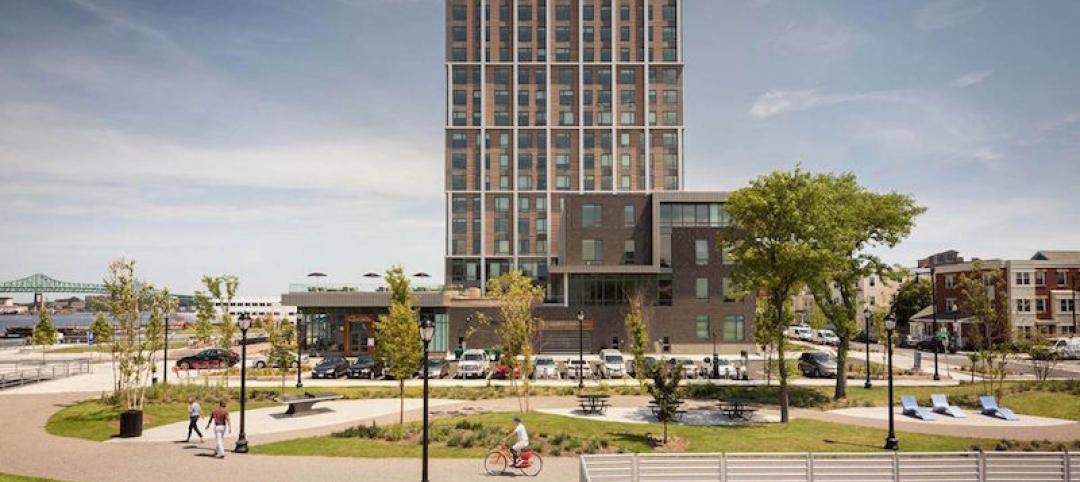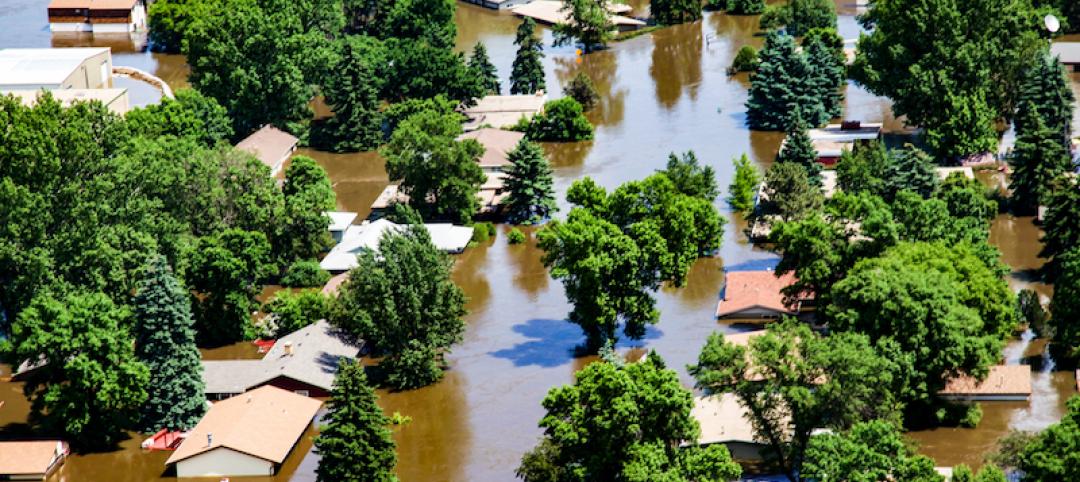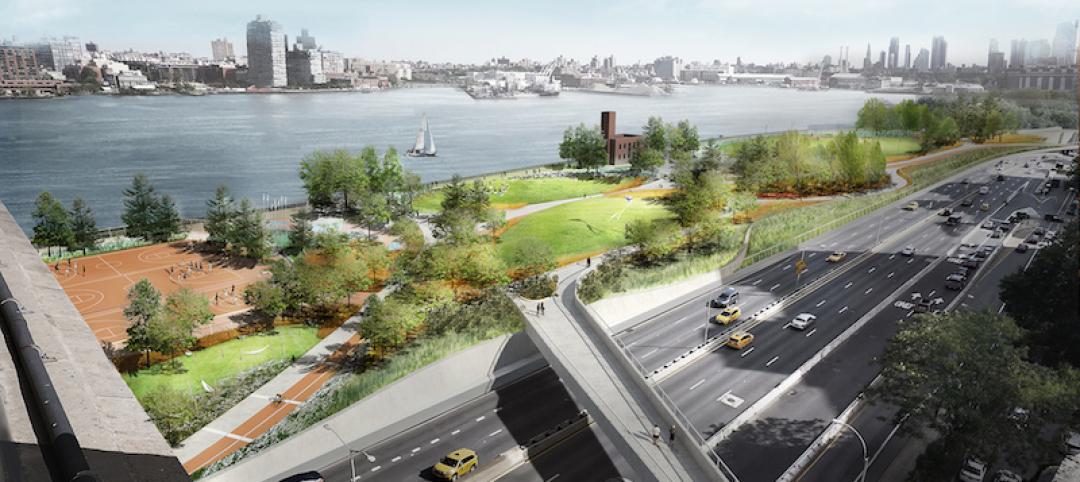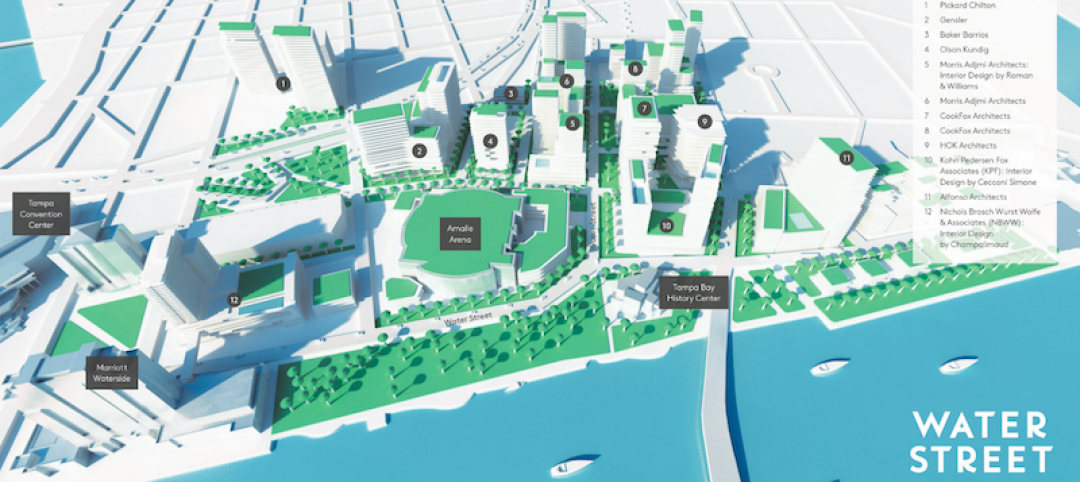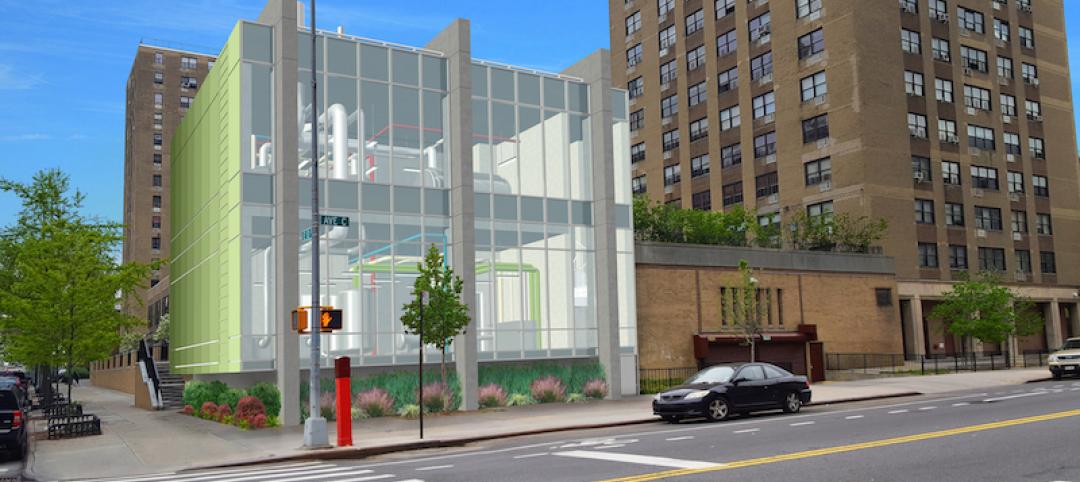Environmental groups in New Jersey have filed a legal challenge to new state regulations that they say make it easier to build in flood-prone areas.
The groups, including Environment New Jersey, Save Barnegat Bay and local residents, charge that state Department of Environmental Protection's Coastal Zone Management Act rules enacted after Superstorm Sandy allow too many buildings to be built in places that are vulnerable to future storms.
The state DEP said the groups' challenge lacks merit and that the Act's provisions "are both environmentally responsible and conducive to sound and safe coastal development," the Associated Press reported. The DEP said the rules were meant to streamline regulations while implementing environmental safeguards as New Jersey rebuilt after the 2012 storm.
"Hurricane Sandy should have been our wake-up call to realize unchecked development along our coastlines will only become costlier in the future due to sea level rise," Doug O'Malley, director of Environment New Jersey, told the AP. "Instead, DEP's finalized coastal zone rules will only greenlight more development in vulnerable coastal communities.”
Related Stories
Resiliency | Jan 17, 2018
Climate adaptation project addresses current and future climate changes in Randers, Denmark
The C.F. Møller-designed project is slated for completion in 2021.
Resiliency | Nov 15, 2017
Resilient design for waterfront buildings: a real estate win-win in vulnerable area
The developer sees resilient developments achieving top-of-market pricing, faster leasing, higher renewal, and higher occupancy rates.
Greenbuild Report | Oct 18, 2017
Rebuild, retreat, or resist
Hurricanes Harvey and Irma expose the necessity—and limitations—of resilient design and construction measures.
Resiliency | Oct 18, 2017
Cities weigh relocations as part of their defenses against natural disasters
Convincing people to relocate can be a psychological hurdle.
Resiliency | Oct 16, 2017
The race to codify resilience design
An array of guidelines and standards coming from all kinds of sources are jockeying for position to stamp their imprint on resilience best practices and, potentially, new codes.
Resiliency | Oct 13, 2017
Resiliency takes center stage in new projects around the country
Projects like these, where resilience is central to their design and construction, are becoming more commonplace.
Resiliency | Sep 27, 2017
The East Side Coastal Resiliency Project will span 2.5 miles of Lower Manhattan
The project will safeguard the Lower East Side against severe weather and rising sea levels.
Codes and Standards | Sep 11, 2017
Natural solutions would be most effective flood resilience policies for Houston
New green infrastructure should be part of rebuild.
Mixed-Use | Aug 30, 2017
A 50-acre waterfront redevelopment gets under way in Tampa
Nine architects, three interior designers, and nine contractors are involved in this $3 billion project.
Resiliency | Jun 7, 2017
New disaster-resilient infrastructure building and upgrades hope to keep Haven Plaza up and running
The affordable housing complex was hit hard during Hurricane Sandy, leaving residents without electricity or water.


